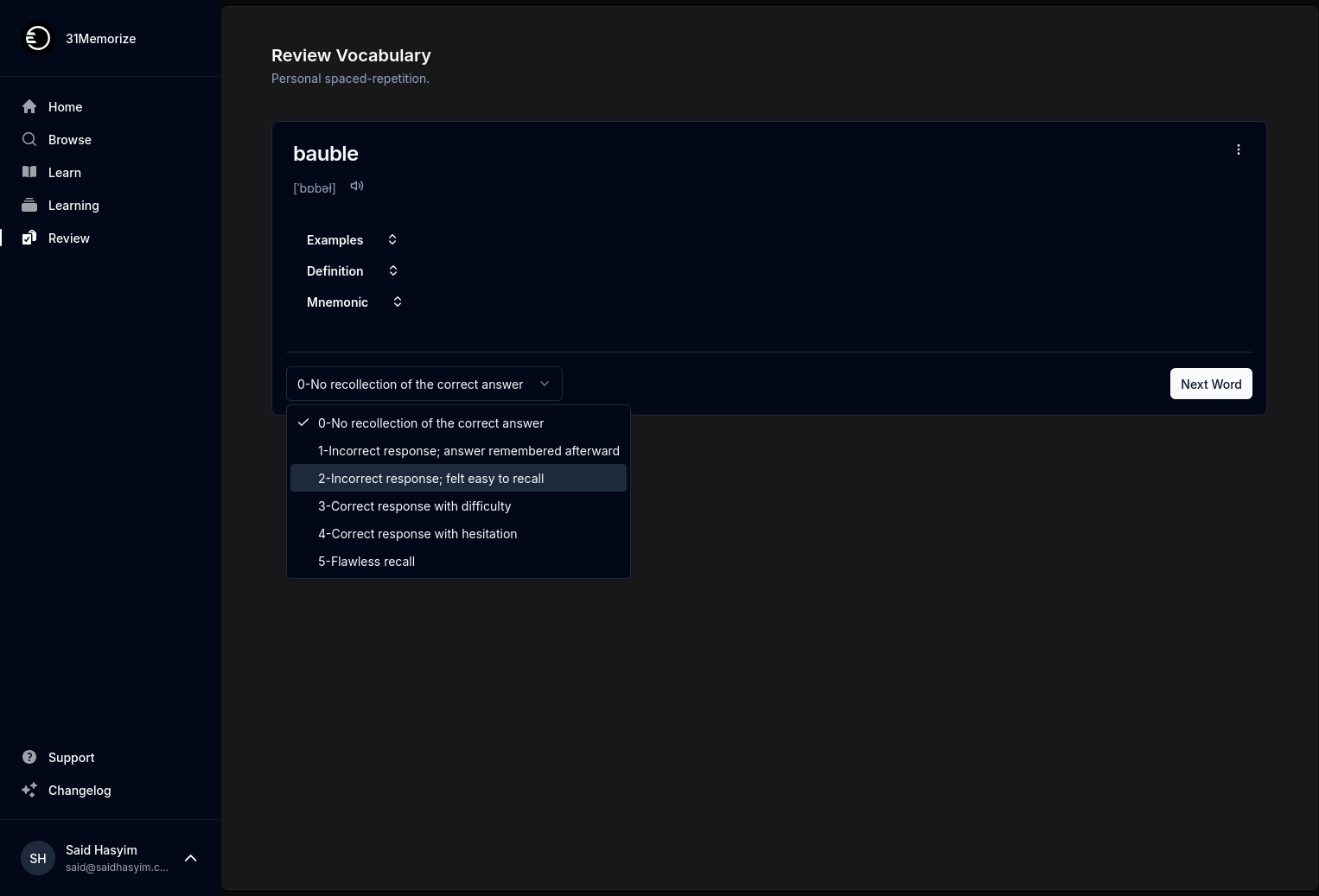Managing the Fluctuations of Book Ratings
Book ratings can be an unpredictable landscape, often mirroring the ebb and flow of reader sentiment, changing cultural contexts, and even the occasional quirks of online platforms. While authors, publishers, and even dedicated readers often focus on the importance of these ratings, managing their fluctuations can be an essential skill in the digital age. Here, we will explore the intricate world of book ratings, identify the common causes of fluctuations, and propose strategies for all stakeholders to effectively manage these changes.
Understanding Book Ratings
The Role of Ratings
Book ratings serve multiple purposes: they provide feedback to authors, influence marketing strategies for publishers, and help readers make informed choices about their next reads. In an era dominated by online platforms, these ratings have become crucial indicators of a book's popularity and perceived quality.
The Fluctuation Phenomenon
It’s crucial to understand that fluctuations in book ratings are not uncommon. Several factors can influence these changes:
- New Readers: As more readers discover a book, their varied opinions can shift the average rating significantly.
- Cultural Changes: This can include changing societal values or topical relevance that may lead people to reassess their opinions retroactively.
- Online Community Dynamics: The interconnectedness of online communities can foster rapid changes in perception—either positive or negative.
- Influencer Effect: A strong endorsement or critique from a well-known figure can sway public perception dramatically.
- Herd Mentality: Sometimes, a book’s rating may fluctuate significantly based on prevailing trends, regardless of its intrinsic quality.
The Impact of Fluctuations
Fluctuations in a book's rating can significantly affect its visibility and sales. A sudden drop in rating could deter potential readers, while a boost could lead to a surge in interest. Understanding the causes and managing these fluctuations is essential for authors, publishers, and dedicated readers alike.
Strategies for Managing Fluctuations
For Authors
Engage with Your Audience: Foster relationships with readers through social media, author websites, and book clubs. A strong connection can lead to more thoughtful reviews and ratings.
Encourage Constructive Feedback: Create an environment where readers feel comfortable providing support or criticism. This could be through Q&A sessions, newsletters, or active engagement on review platforms.
Stay Authentic: Resist the temptation to artificially inflate ratings by seeking only positive reviews. Transparency can build trust, and authentic reader engagement can lead to more honest ratings.
Address Constructive Criticism: Use feedback to grow. If you notice common critiques among readers, consider how you might address those in future works or promotions.
Stay Informed: Follow trends and understand what might be driving changes in your ratings. This awareness can help you better navigate your book's position in the market.
For Publishers
Monitor Ratings Regularly: Keep a close eye on trends in your books' ratings and be prepared to respond or adapt strategies based on what you observe.
Invest in Marketing Strategies: Consider targeted advertising and promotional strategies that focus on reader engagement—especially during times of low visibility or lower ratings.
Highlight Positive Reviews: Use elevated ratings and positive reviews in marketing materials. This not only boosts visibility but can also encourage more readers to engage.
Facilitate Discussions: Create spaces (both online and offline) for readers to discuss books. Community can significantly stabilize the fluctuations in ratings.
Be Reactive: When facing sudden drops in ratings—especially due to particular events—be ready to address the situation as it unfolds. This could involve author apologies, clarifications, or campaigns to re-engage the audience.
For Readers
Read Broadly: Engage with a wide range of genres and authors. Expanding criteria can provide more nuanced feedback and lead to ratings that better reflect the totality of your experience as a reader.
Provide Thoughtful Reviews: When rating a book, take time to write constructive and detailed reviews. These can offer context for future readers and temper the likelihood of knee-jerk reactions.
Be Mindful of Online Influence: Acknowledge that social media and online reviews can heavily influence personal ratings. Be conscious of the reasons behind the ratings and how much weight to give external opinions.
Support Your Favorite Authors: If you want to see more from certain authors, engage with their work by rating and reviewing. Support goes a long way in fostering a healthy literary ecosystem.
Accept Subjectivity: Realize that ratings are inherently subjective, influenced by personal tastes and experiences. Embrace the diversity of opinions and understand that tastes differ widely among readers.
Conclusion
Book ratings are a complex but vital aspect of the literary world. Understanding the factors that influence these ratings and managing their fluctuations is key to maximizing their benefits for authors, publishers, and readers alike. By engaging constructively and maintaining a focus on authentic feedback, we can all contribute to a richer, more individual literary conversation.
As we step into a world where reading preferences and opinions are more diversified than ever, being proactive in managing fluctuations can not only enhance the experience for everyone involved but also promote a more balanced and nuanced appreciation of literature in all its forms. Happy reading!
